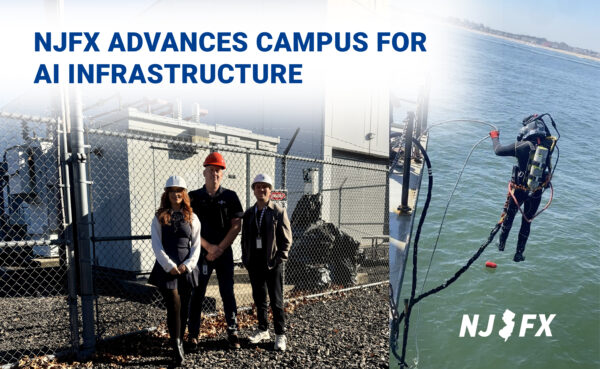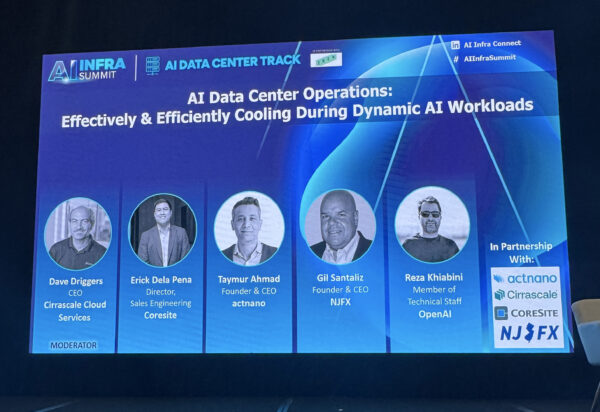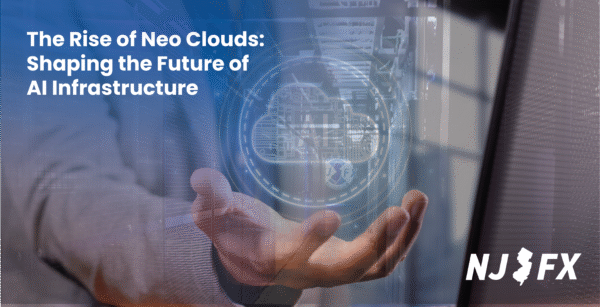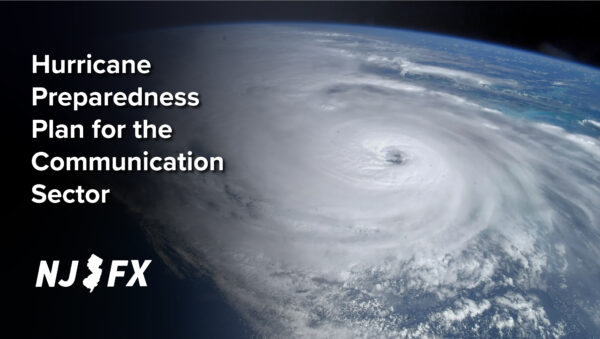Why It's Time to Invest in the Future of Connectivity
Investing in the future of connectivity means building scalable, secure, and globally integrated infrastructure to support AI, 5G, and the digital demands of tomorrow. Discover how strategic investments today are powering the next generation of digital transformation.
April 3, 2025

The global economy depends on the silent giants beneath our oceans—subsea cables. These fiber optic lifelines are the unsung heroes of the digital era, transmitting more than 95% of international data, supporting everything from emails to financial transactions and cloud applications. But as with all infrastructure, these cables have a lifecycle, and many are approaching the end of theirs.
Most subsea cables are built with a design lifespan of about 25 years. As these systems age, they face numerous challenges. The optical fibers within the cables degrade over time due to constant exposure to environmental pressures such as temperature changes, water pressure, and natural seismic activity. Electrically powered repeaters, which amplify signals across thousands of kilometers, also wear down and are expensive to replace.
Maintaining these older cables becomes a logistical and financial burden. Repairs often require highly specialized ships and crews, with downtime potentially lasting days or even weeks—impacting critical connectivity. In some cases, the costs of maintenance can rival or exceed the cost of new builds.
From a performance standpoint, older cables were not designed for the data volumes and bandwidth demands we see today. The explosion of AI-driven applications, streaming services, global cloud adoption, and latency-sensitive financial transactions has created a level of network strain that legacy infrastructure simply cannot accommodate. Even with advanced modulation techniques, there’s a physical ceiling to how much capacity can be extracted from these aging systems.
In a world where milliseconds matter and resiliency is non-negotiable, relying on end-of-life infrastructure puts enterprises, governments, and service providers at risk.
Extending Lifespans vs. Building New Systems
An example of extending the lifespan of existing infrastructure is the SEA-ME-WE 4 (South East Asia–Middle East–Western Europe 4) cable system. Originally completed in 2005, this approximately 18,800 km submarine cable connects multiple countries across Asia, the Middle East, and Europe. In March 2024, the SEA-ME-WE 4 consortium completed an upgrade using Ciena’s GeoMesh Extreme submarine network solution. This enhancement increased the system’s capacity from 65 Tbps to 122 Tbps, effectively doubling its previous capacity and extending its operational viability.
Investing in New Systems: Meta’s Project Waterworth
Conversely, companies like Meta are investing in entirely new infrastructure to meet future demands. Meta’s Project Waterworth is an ambitious $10 billion subsea cable system designed to circumnavigate geopolitical tension zones, ensuring secure, high-capacity connectivity. This project exemplifies the proactive approach of building new systems to support the next generation of high-speed connectivity essential for powering AI and digital transformation globally.
These examples illustrate the dual strategies in the industry: upgrading existing cables to extend their service life and constructing new systems to accommodate future demands. Both approaches are vital in ensuring robust and scalable global connectivity.
Real-World Investment in Transatlantic Connectivity
Industry leaders are already investing in the future:
- Google’s Grace Hopper Cable connects the U.S. with the U.K. and Spain. Recently, Colt achieved a milestone 1.2 Tbps per wavelength transmission, reflecting both speed and sustainability gains.
- EXA Infrastructure manages an extensive transatlantic network including systems like Dunant, Havfrue/AEC-2, and Amitié, providing key connectivity between Europe and North America.
- Amazon has filed plans for a new cable linking Ireland to the U.S., adding to its global infrastructure footprint to support cloud services.
According to Telegeography, Between 2023 and 2025, the subsea cable industry is experiencing a significant boom, with investments totaling around $10 billion to bring approximately 78 new systems online, adding over 300,000 kilometers of cable.
These developments underscore the industry’s commitment to expanding and modernizing transatlantic connectivity to meet the growing global demand for data transmission.
Future-Proofing Global Connectivity
Forward-thinking network operators, cloud providers, and infrastructure investors are already responding. New builds are not just about capacity—they’re about preparing for a data-driven future. Cables like Havfrue/AEC-2, Grace Hopper, Dunant, and Amitié are examples of this next wave, offering unprecedented speeds and modern architecture. As older systems retire, these new cables will form the backbone of tomorrow’s digital economy.
The subsea cable industry stands at a crossroads. We can continue to patch aging systems, or we can make strategic investments that enable global progress. With only so many transatlantic crossings possible, now is the time to build the infrastructure that will carry us into the next era of connectivity.
At NJFX, we recognize the importance of this transition and are committed to supporting next-generation infrastructure through carrier-neutral interconnection points and strategic partnerships. As new systems emerge, we’re ensuring that the landing points and ecosystem are ready to support the data demands of the future.
learn how you can Expand your Network at njfx
Reach out and talk to us today







